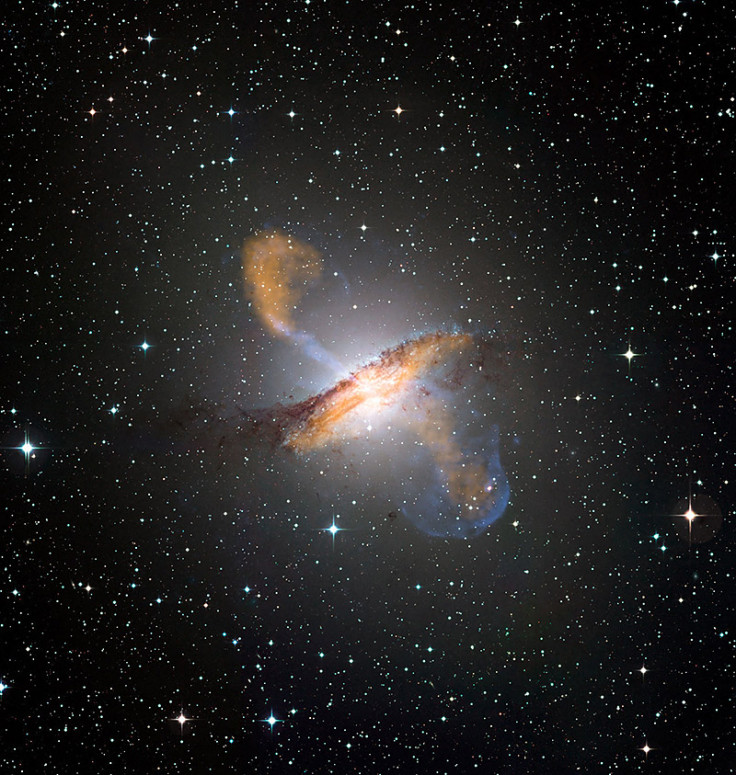New Findings on Black Hole Heating Offers Insight into Making of Early Universe

Black holes warmed the ancient universe more slowly than previously thought, a new study has found, helping scientists detect signs of nascent cosmic heating process previously unknown to them.
The findings, which allow scientists to observe the making of early universe in fresh light, were made by a team of researchers in Tel Aviv University, Israel, led by Anastasia Fialkov.
The report which is published in journal Nature says the early universe was mainly heated by black holes formed in binary-star systems.
When one of the larger stars explodes in a supernova explosion to form a black hole, it pulls gas from companion star, and gets ripped apart, emitting high-energy X-ray radiation.
This high-energy radiation then reached large distances, and re-heated the cosmic gas, after it had cooled down as a result of the big bang, researchers said.
Low-energy X-rays
Earlier, it was believed that the universe was heated by low-energy X-rays which could raise temperatures faster than high-energy radiation, but cools down sooner as well.
But higher-energy X-rays take longer to heat up the universe, which lasts longer.
"High-energy X-rays typically travel a long distance, over a long time, before their energy is absorbed and heats the gas," Rennan Barkana, a co-author in the report, told Space.com.
The study suggests that high energy X-ray radiations from these black holes in binary systems contributed the most towards heating the universe.
"It was previously believed that the heating occurred very early, but we discovered that this standard picture delicately depends on the precise energy with which the X-rays come out," said Barkana.
"Taking into account up-to-date observations of nearby black-hole binaries changes the expectations for the history of cosmic heating. It results in a new prediction of an early time."
The early heating signs of the universe can be observed in correlation with the reionisation process in the cosmos.
After Big Bang, protons and neutrons fused together to form the most basic element hydrogen, which enveloped the whole universe and rendered it opaque.
However, when stars and galaxies began to be formed, they released ultraviolet light and reionised the universe, clearing hydrogen gas and heating up the vast expanse.
Seeing the making of early universe
If it is assumed that mainly low-energy radiation dominated the early universe, then it would mean that universe would have heated up too quickly to observe the first stars and galaxies by detecting their heating signs which would have died down long before reionisation was complete.
Previously, it was thought that the array of telescopes developed to observe stars and galaxies can only search for later cosmic events, as the cosmic heating occurred too early to see the changes in reionisation process.
But, the new findings suggest that high-energy X-rays might have heated the universe more slowly, thereby extending the heating process.
Hopefully, this will enable the scientists to observe the formation of early stars and galaxies, and virtually see the early universe in making.

© Copyright IBTimes 2025. All rights reserved.




















